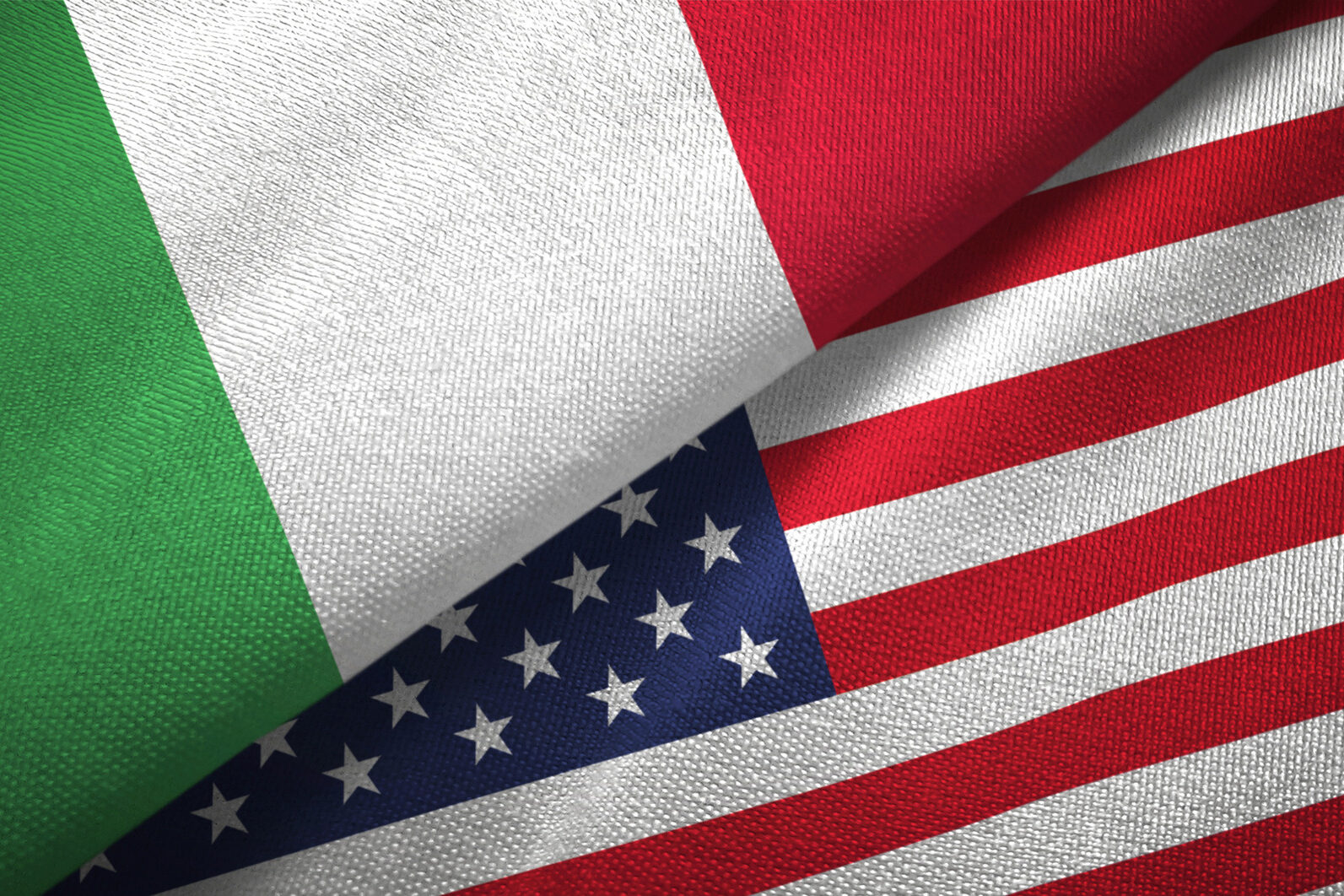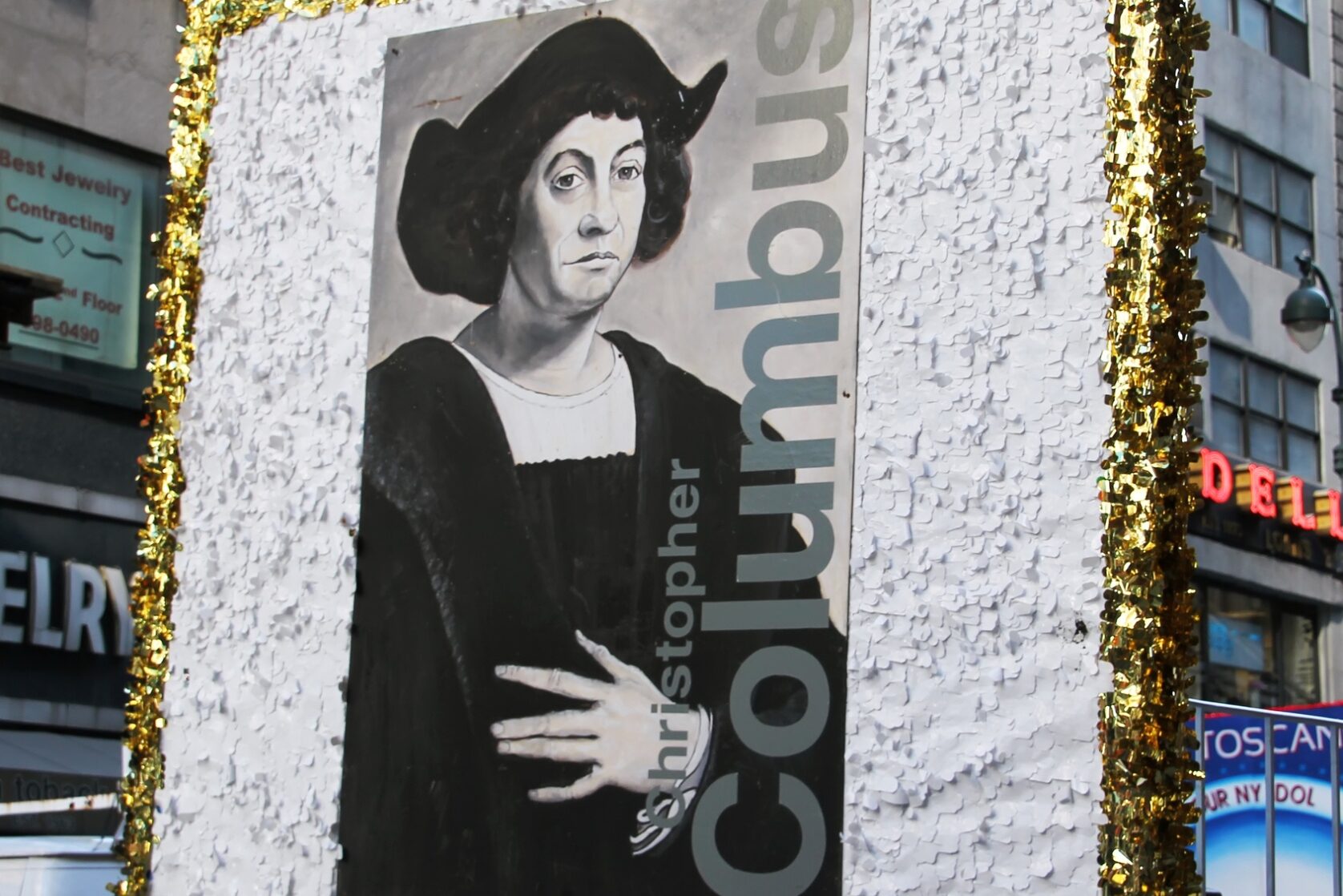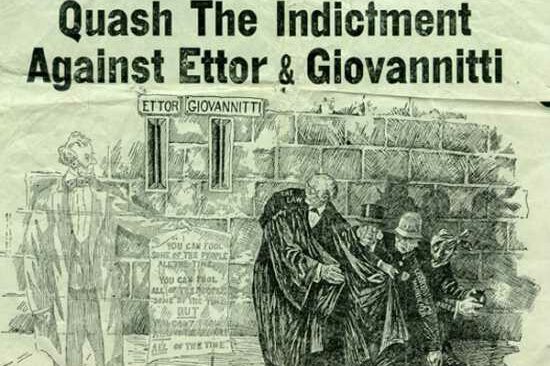Dear readers,
in July, let me refresh your memory and mine on the Declaration of Independence, signed July 4, 1776, in Philadelphia. Although the colonists declared themselves independent of England and set up the United States of America, a long war followed this declaration, and it was not until April 30, 1789, that George Washington became the President of the United States. Washington took the first US presidential oath of office on the balcony of City Hall in New York, the new nation’s temporary capital.
**
Columbus discovered America in 1492. When heads of European countries discovered a new world, many of them tried to get a share of it and a race of sorts began. Spain took possession of South America, Central America, Mexico, and all the southern parts of today’s USA. Then France, Holland, and England wanted a share, but could not agree upon a division that would satisfy all four. In a war between England and Holland, England won the Dutch colonies of New York, New Jersey, Delaware, and Pennsylvania. Then England drove out the French. The king sent a regiment from England to drive the French from the Ohio River Valley. Eventually, England, too, will go.
A few years after the war with France, the English colonists, the Yankees, began to quarrel with the mother country. The king of England had won the war against France but had ended up deeply in debt and wanted the colonists to help pay for it. So in 1765, he passed the Stamp Act, which meant that every time some kind of goods were bought or sold, it was necessary to buy stamps to put on newspapers, documents, deeds, and so on to make them valid. King George began appointing officers in America to sell the stamps, but mobs visited the homes of stamp officers, and very few were bold enough to sell them after that.
Benjamin Franklin of Pennsylvania, on business in London, told the king he had no business taxing the colonists for “these Sons of Liberty had already paid more than their share of the English-French war by furnishing men and supplies for the army and for settling America and bringing it under the English flag.”The English king and government gave up the stamp tax, but never stopped trying to get more money from the colonists. Soon, another law was passed saying they had to pay taxes on certain goods brought to America from England. This law made the colonists angry, and they stopped buying goods from England until the English merchants begged the government to give up the law. “Okay,” said King George,” but the tea tax stays.” In December 1773, ships carrying tea arrived in Charleston, Philadelphia, and New York. When people refused to buy the English royal tea, it was stored in damp cellars to rot. But in Boston, after the colonists asked the governor to send the tea back to England and he refused large party of men dressed up as Native Americans boarded the ships. With tomahawks waving, they dumped 342 chests of tea overboard into the bay: this was the Boston Tea Party. Boston patriot Paul Revere had taken his midnight ride on April 8, 1775, the eve of the Battle of Lexington and Concord. Quarrel with England had been going on for ten years. On July 4, 1776, the signing of the Declaration of Independence just formalized it.
**
At the outbreak of the Revolution, Italians and Italian-Americans with anglicized spelling of their names were early getting their share of fatal firepower from British soldiers. James Bracco, for instance, was killed in action on October 26, 1776. But Italy contributed more than men to the American Revolution. Even before the conflict started, Italy was a source of inspiration to American patriots because of the struggle waged by Pasquale Paoli and his fellow Corsicans for independence. The Corsicans had been for centuries under the domination of Genoa, that treated them more as colonial subjects than fellow Italians. They had tried several times to regain their freedom beginning as far as 1545, but their struggle reached epic proportions in 1755 when Pasquale Paoli, assisted by Carlo Bonaparte, Napoleon’s father, landed on the island from Italy and fought heroically against the Genoese. For 14 years, Paoli fought with all the means at his disposal, arousing the administration of free men all over the world, particularly in England and America, until 1768 when Genoa sold Corsica to the French. It was then that Paoli and 400 of his followers left the island and sought refuge at Leghorn. Eventually, he moved to England, where he died in 1804.
Cari lettori,
a luglio, permettetemi di rinfrescare la vostra e la mia memoria sulla Dichiarazione di Indipendenza, firmata il 4 luglio 1776 a Filadelfia. Sebbene i coloni si fossero dichiarati indipendenti dall’Inghilterra e avessero fondato gli Stati Uniti d’America, una lunga guerra seguì questa Dichiarazione, e fu solo il 30 aprile 1789 che George Washington divenne il presidente degli Stati Uniti. Washington prestò il primo giuramento presidenziale degli Stati Uniti sul balcone del Municipio di New York, capitale temporanea della nuova nazione.
**
Colombo scoprì l’America nel 1492. Quando i capi dei Paesi europei scoprirono il nuovo mondo, molti di loro cercarono di prenderne una parte e iniziò una sorta di gara. La Spagna si impossessò del Sudamerica, del Centroamerica, del Messico e di tutte le parti meridionali degli odierni Stati Uniti. Ma anche la Francia, l’Olanda e l’Inghilterra volevano una parte, tuttavia non riuscirono a concordare una divisione che soddisfacesse tutti e quattro. In una guerra tra Inghilterra e Olanda, l’Inghilterra vinse le colonie olandesi di New York, New Jersey, Delaware e Pennsylvania. Poi l’Inghilterra cacciò i francesi. Il re inviò un reggimento dall’Inghilterra per cacciare i francesi dalla valle del fiume Ohio. Ma alla fine, anche l’Inghilterra se ne andrà.
Pochi anni dopo la guerra con la Francia, i coloni inglesi, gli Yankees, iniziarono a litigare con la madrepatria. Il re d’Inghilterra aveva vinto la guerra contro la Francia ma si era profondamente indebitato e voleva che i coloni lo aiutassero a pagare. Così nel 1765 approvò lo Stamp Act, il che significava che ogni volta che si comprava o vendeva qualche tipo di merce, era necessario acquistare francobolli da apporre su giornali, documenti, atti e così via per renderli validi. Re Giorgio iniziò a nominare ufficiali in America per vendere i francobolli, ma folle fecero visita alle case degli ufficiali di francobolli e pochissimi dopo furono abbastanza audaci da venderli ancora.
***
Benjamin Franklin della Pennsylvania, per affari a Londra, disse al re che non aveva alcun diritto di tassare i coloni perché “questi Figli della Libertà avevano già pagato più della loro parte nella guerra anglo-francese fornendo uomini e rifornimenti per l’esercito perché si insediasse in America e portasse l’America sotto la bandiera inglese”. Il re e il governo inglesi rinunciarono alla tassa di bollo, ma non smisero mai di cercare di ottenere più soldi dai coloni. Presto fu approvata un’altra legge che diceva che dovevano pagare le tasse su alcuni beni portati in America dall’Inghilterra. Questa legge fece arrabbiare i coloni e smisero di acquistare merci dall’Inghilterra finché i mercanti inglesi non implorarono il governo di rinunciare alla legge. “Va bene,” disse re Giorgio, “ma la tassa sul tè rimane”. Nel dicembre 1773, navi che trasportavano tè arrivarono a Charleston, Filadelfia e New York. Quando la gente si rifiutava di acquistare il tè reale inglese, veniva conservato in cantine umide a marcire. Ma a Boston, dopo che i coloni chiesero al governatore di rispedire il tè in Inghilterra e lui rifiutò, un grande gruppo di uomini travestiti da nativi americani salì a bordo delle navi. Sventolando i tomahawk, scaricarono nella baia 342 casse di tè: era il Boston Tea Party. Il patriota di Boston Paul Revere aveva fatto il suo giro di mezzanotte l’8 aprile 1775, alla vigilia della battaglia di Lexington e Concord. La lite con l’Inghilterra andava avanti già da dieci anni. Il 4 luglio 1776, la firma della Dichiarazione di Indipendenza lo formalizzava.
**
Allo scoppio della Rivoluzione, gli italiani e gli italo-americani con l’ortografia anglicizzata dei loro nomi ricevettero dai soldati britannici la loro parte della fatale potenza di fuoco. James Bracco, ad esempio, fu ucciso in azione il 26 ottobre 1776. Ma l’Italia contribuì più degli uomini alla rivoluzione americana. Già prima dell’inizio del conflitto, l’Italia era fonte di ispirazione per i patrioti americani a causa della lotta intrapresa da Pasquale Paoli e dai suoi compagni corsi per l’indipendenza. I Corsi erano stati per secoli sotto il dominio di Genova, che li trattava più come sudditi coloniali che connazionali. Avevano tentato più volte di riconquistare la libertà a partire dal 1545, ma la loro lotta raggiunse proporzioni epiche nel 1755 quando Pasquale Paoli, assistito da Carlo Bonaparte, padre di Napoleone, sbarcò sull’isola dall’Italia e combatté eroicamente contro i genovesi. Per 14 anni Paoli combatté con tutti i mezzi a disposizione, ispirando il governo di uomini liberi in tutto il mondo, in particolare in Inghilterra e in America, fino al 1768 quando Genova vendette la Corsica ai francesi. Fu allora che Paoli e 400 dei suoi seguaci lasciarono l’isola e cercarono rifugio a Livorno. Alla fine, si trasferì in Inghilterra, dove morì nel 1804.































